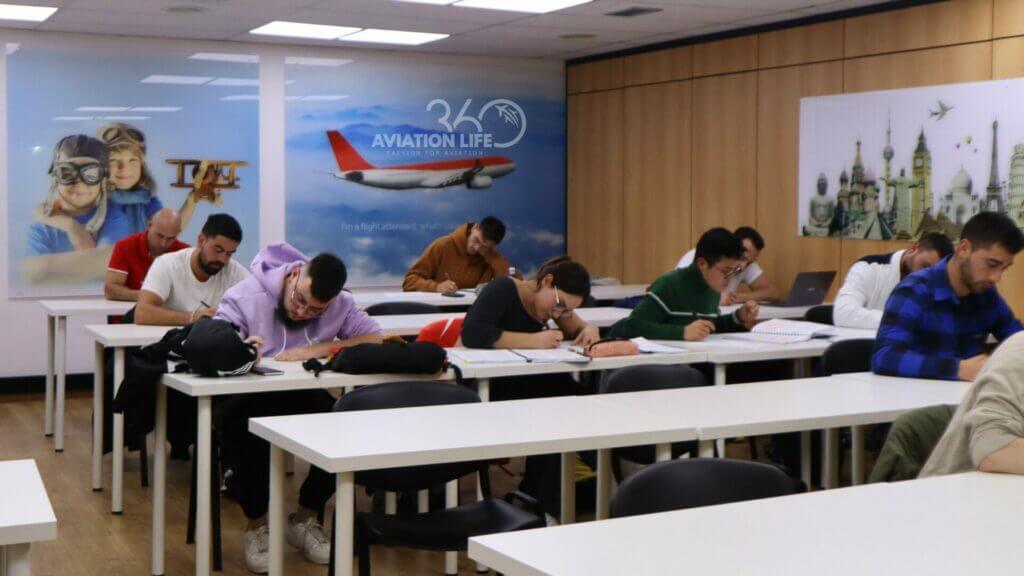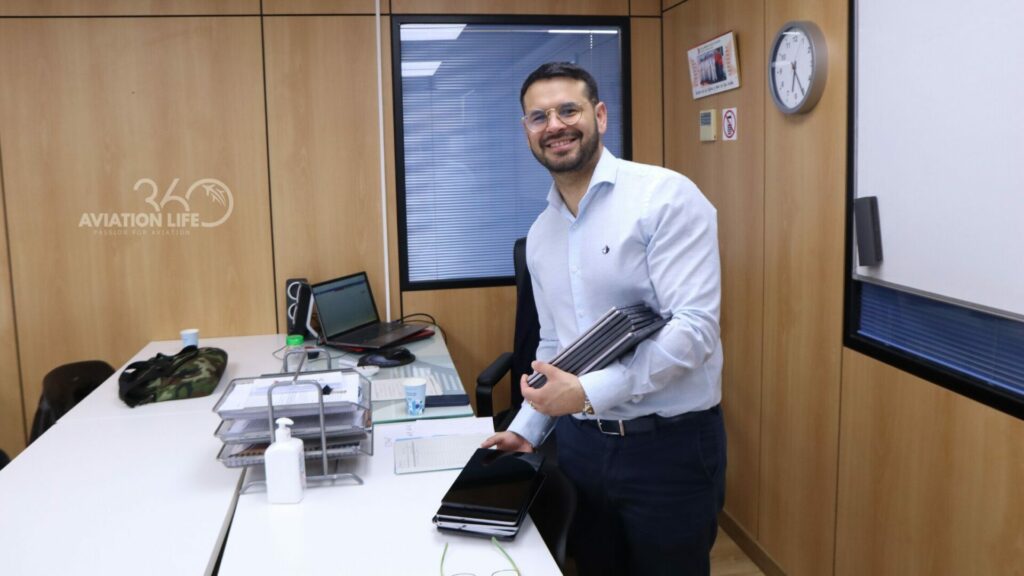- Flat 2, "Merill Court "Fuxa Street 1308 San Ġwann, Malta
The aviation training industry has undergone a deep digital transformation in recent years. While this has opened up new opportunities for accessibility and flexibility, it has also brought with it a growing concern: the administration of EASA Part-66 exams on students’ personal devices. In this article, 360 Aviation Life analyzes the security risks, regulatory implications, and solutions to protect the integrity of aviation training.

360 Aviation Life Examination Session
The Core Issue: Security and Integrity
EASA Part-66 exams ensure that only highly qualified professionals receive certification. However, when conducted on personal laptops or devices, exam security is compromised.
Main Risks Include:
Hidden screen recording or remote access software
Switching between apps or browsers during the exam
Use of dual monitors or concealed screens
Pre-installed cheat scripts or automation tools
These are not theoretical risks: a 2023 survey by the European Aviation Training Association revealed that 18% of Part-147 organizations detected attempts at digital cheating. Additionally, the 2024 EASA Safety Report identified the integrity of electronic exams as an emerging area of concern.
The Current Landscape: Why Are Personal Devices Used?
Despite the risks, about 30% of Part-147 organizations use personal devices due to:
Cost savings
Greater geographic reachMayor alcance geográfico.
Post-pandemic adaptation
Limited resources
However, these operational benefits should not outweigh the need to ensure exam security in aviation.
Is It Possible to Ensure Security on Personal Devices?
Technically speaking, full security is extremely difficult:
Lack of administrative control: It’s impossible to fully verify that unauthorized software is absent.
Technological limitations: A 2024 study showed that 83% of remote proctoring solutions are
Human factors: Remote monitoring relies on human interpretation and lacks real-time intervention.
As one EASA inspector stated: “We’re trying to secure an environment that was designed for connectivity, not controlled evaluation.”
The Problem of Multiple Locations and Unauthorized Supervision
Delegating proctoring to third parties increases risks:
Inconsistent protocol enforcement
Risk of collusion
Non-standardized physical environments
Difficulty verifying remote proctors’ qualifications
Regulatory Expectations: Controlled Environment
EASA regulations require exams to be conducted under controlled environments as per AMC 147.A.130(b):
Facilities under full organizational control
Direct supervision by authorized personnel
Protection of exam confidentiality and integrity
Other agencies like the FAA and Transport Canada reinforce similar guidelines.

360 Aviation Life exams are conducted on academy-owned tablets with locked systems and secure software.
Solutions: Balancing Accessibility and Security
To protect the value of EASA certifications and adapt to operational needs, we propose:
Institutional Hardware
Exams conducted on academy tablets or PCs with locked systems and secure software. Secure solutions can be achieved with reasonable investment.Hybrid Testing Models
Hub-and-spoke model: secure main locations and partner centers with academy-provided devices.Proctor Training and Certification
Programs focused on security, irregularity detection, and documentation standards.Comprehensive Auditing and Monitoring
Random audits
Session recording (where local law permits)
Post-exam statistical analysis
Regular external reviews
Evolución Regulatoria Trabajo conjunto con EASA para:
Set technical standards for exam platforms
Define minimum electronic security requirements
Create certifications for remote evaluation technologies
Implementation Considerations
Investment in secure exam infrastructure should be seen as a guarantee of aviation sector credibility.
Viable options include:
Gradual implementation
Organization cooperation
Hardware leasing options
Structuring exam fees to reflect these costs
The Way Forward
Security and integrity are pillars of aviation. The certification of maintenance technicians must remain uncompromised.
At 360 Aviation Life, we reaffirm our absolute commitment to EASA compliance. All our exams are conducted on secure tablets provided by the academy and under direct supervision. We believe safety begins with quality training—and quality is born from integrity.
✨ Want to train with guaranteed quality and security? Discover our EASA-certified programs and become part of a new generation of aviation professionals.

